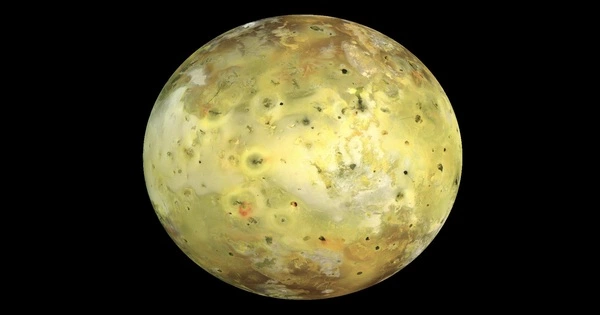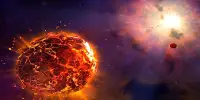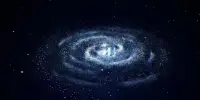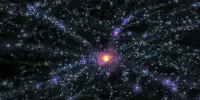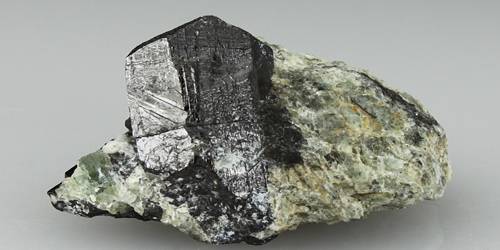Jupiter has a total of 53 named moons. Others are still waiting for official names. Scientists now believe Jupiter has 79 moons. There are many interesting moons orbiting the planet, but the first four moons discovered beyond Earth—the Galilean satellites—are of particular scientific interest.
Io is the solar system’s most volcanically active body. Sulfur in various colors covers the surface of Io. Jupiter’s immense gravity causes “tides” in the solid surface to rise 300 feet (100 meters) high on Io as it travels in its slightly elliptical orbit, generating enough heat for volcanic activity and driving off any water. The volcanoes of Io are fueled by hot silicate magma.
Scientists have long wondered how Jupiter’s innermost moon, Io, can have meandering ridges as grand as those seen in films such as “Dune.” A new Rutgers study has provided a new explanation for how dunes can form even on an icy and turbulent surface like Io’s.
The study, which was published in the journal Nature Communications, is based on a study of the physical processes controlling grain motion, as well as an analysis of images from NASA’s Galileo spacecraft’s 14-year mission, which allowed the creation of the first detailed maps of Jupiter’s moons. The new research is expected to contribute to our scientific understanding of the geological features on these planet-like worlds.
Our research suggests that Io could be a new ‘dune world. We proposed and quantitatively tested a mechanism by which sand grains can move, and dunes may form as a result.
George McDonald
“Our research suggests that Io could be a new ‘dune world,'” said first author George McDonald, a postdoctoral researcher in the Earth and Planetary Sciences Department at Rutgers. “We proposed and quantitatively tested a mechanism by which sand grains can move, and dunes may form as a result.”
According to current scientific understanding, dunes are hills or ridges of sand piled up by the wind. And, while previous studies of Io’s surface described some dune-like features, scientists concluded the ridges could not be dunes because wind forces on Io are weak due to the moon’s low-density atmosphere.
“This work tells us that the environments in which dunes are found are considerably more varied than the classical, endless desert landscapes on parts of Earth or on the fictional planet Arrakis in ‘Dune,'” McDonald said.

The Galileo mission, which ran from 1989 to 2003, achieved so many scientific firsts that scientists are still studying the data it collected to this day. The data revealed that Io has a high level of volcanic activity, so much so that its volcanoes repeatedly and rapidly resurface the small world.
Io’s surface is a mix of black solidified lava flows and sand, flowing “effusive” lava streams, and sulfur dioxide “snows.” The scientists used mathematical equations to simulate the forces on a single grain of basalt or frost and calculate its path. When lava flows into sulfur dioxide beneath the moon’s surface, its venting is “dense and fast moving enough to move grains on Io and possibly enable the formation of large-scale features like dunes,” McDonald said.
Once the researchers devised a mechanism by which the dunes could form, they looked to photos of Io’s surface taken by the Galileo spacecraft for more proof. The spacing of the crests and the height-to-width ratios they observed were consistent with trends for dunes seen on Earth and other planets.
“Work like this really allows us to understand how the universe works,” said co-author and assistant professor Lujendra Ojha of the Department of Earth and Planetary Sciences. “At the end of the day, that is what we are attempting to do in planetary science.”
The paper also included authors from the University of Oregon, the Massachusetts Institute of Technology, Texas A&M University, and the California Institute of Technology’s Jet Propulsion Laboratory.
